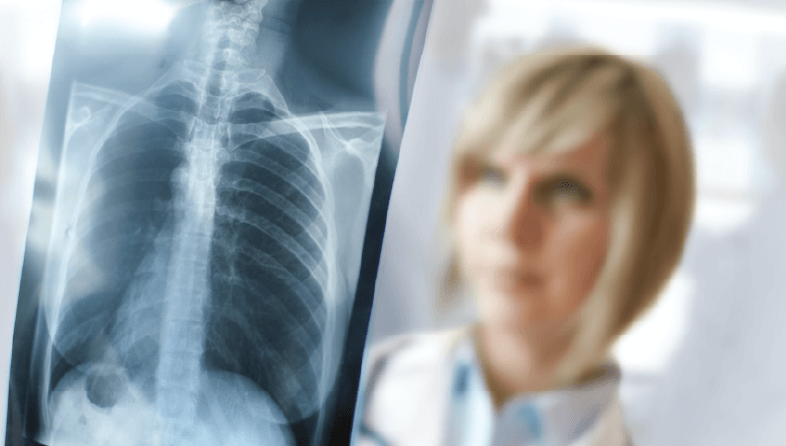Nurses are always important, but now, they are more important than ever. Nursing is our nation’s largest healthcare occupation, with 3.8 million registered nurses (RNs) in the United States and they play a significant role in caring for patients and patient outcomes. National Nurses Week is typically celebrated for one week in May each year. This year, the American Nurses Association (ANA) has dedicated the entire month of May as Nurses Month. This year, ANA actually dubbed 2020 as The Year of the Nurse.
Nurses are the brains, faces, and hearts that patients remember most and there is a link between their employee experience and the patient experience.
The Importance of Appreciation
As we celebrate our nurse heroes this month and for the remainder of the year, it is important for us to understand what is important to nurses as caregivers and employees. I interviewed Taylor, an assistant nurse manager, Pediatric Hematology/Oncology/Bone Marrow Transplant & Epilepsy in Cleveland, Ohio to find out what she and her team find important when it comes to their experience as employees.
Not surprising, first on the list was appreciation. When nurses believe their organization truly values quality care and nurses feel they are empowered and equipped, they are more likely to deliver exceptional patient care. After all, they execute clinical care and are the vehicle of delivery to what doctor’s orders are. Without them, there would be a lack of clinical execution.
Healthcare employers are starting to do more to recognize and appreciate nurses – not only while they work tirelessly fighting a pandemic, but year round, every year. The current pandemic provides an opportunity for organizations to employ new strategies to promote employee experience for nurses—now and in the future.
The hospital that Taylor works for employs roughly 60,000 people. Over the last two months the pandemic has created a lower occupancy rate in Taylor’s department, leaving some nurses on “cancelled” status. Yet the organization committed to giving “cancelled” nurses their full pay as a way to show appreciation for past contributions. This appreciation has gone a long way in keeping morale high across the organization’s entire nursing community.
Listen, Understand, Act
When I asked Taylor about how her organization is listening, understanding and acting, I was amazed to hear that the company’s CEO immediately started daily COVID updates to all employees and a video message once per week to the organization when the pandemic started. He also set up an outreach program for employees having a hard time coping with current challenges. A new fund for donations was set up to feed nurses working over time, and public kudos boards were placed throughout the facilities where people can post messages, letters and videos of thanks.
These efforts have proven the importance of collecting feedback and taking action. The nurses in Taylor’s organization have expressed their gratitude for the CEO’s efforts and continue to put patients first.
Our CEO is taking our experience to heart and creating a true feeling of family. He had donations from around the world used to ensure we have paid meals available to us during busy times of the day.
One of the ways employers can cultivate an organizational culture that values the nurse employee experience is to tap frequent employee micropulses, which enables them to curate open-ended nurse feedback about how the organization can meet their needs and provide added support and resources. Employee micropulses utilizing text analytics capture detailed insights that management can use to take action on. This is not only important for management to understand the needs of their nurse community, it lets staff know that leadership is listening to them and gives management a chance to show how they’re putting nurses’ feedback into action.
Nurses are the largest subset within our hospital and making them feel taken care of means patients get the best care possible and we can live by our mantra of patients first
Source New Solutions to Old Problems from the Masses
When a healthcare organization is working hard to respond to a major pandemic, clearly there is little time to create new plans to support nurses as they cope with stretched resources and new working conditions. But today’s challenges are opportunities for improvement. By taking inventory of what is going on in and outside the organization, how it is impacting a healthcare organization’s ecosystem and crowdsourcing new and innovative solutions to pressing problems, there is a huge opportunity to help solve today’s challenges and better prepare for the future.
Encourage and Empower Nursing Staff
When nurses feel empowered, they are better able to center on the patient experience. There are many great examples of how nurses can make a difference. Johnson & Johnson recently featured ten U.S. nurses who have developed innovative solutions in response to COVID-19. But how can you empower an entire team of nurses? The organization’s mission, vision, and values can serve as guides for advancing the patient experience through effective interpersonal interactions, meetings, and other channels of communication. Creating a purpose statement can inspire both the internal teams and patients.
Medallia Resources
Learn more about our resources and what we can do to help support you and your nurses:
- Join the Healthcare Ideas Community to contribute your ideas
- Listen to Inception Fertility share how they won hearts and minds by creating better experiences
- Learn about our Quickstart Employee Micropulse







